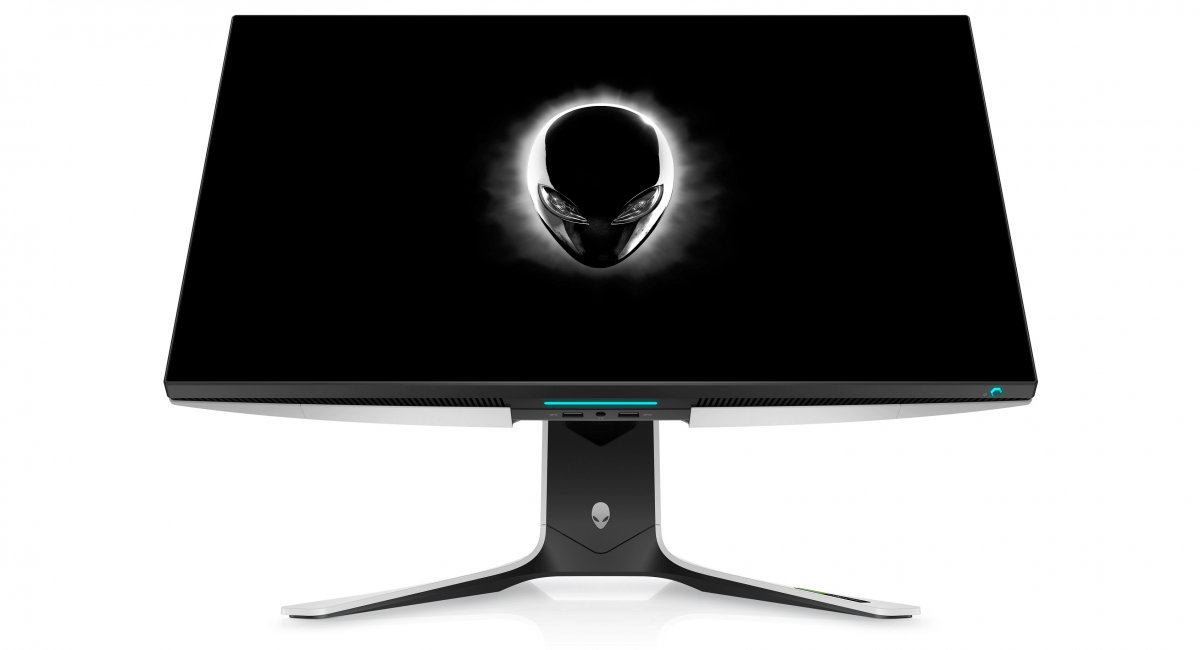Gaming monitors: Nvidia's G-Sync Ultimate is becoming less ultimate
Source: Heise.de added 19th Jan 2021Nvidia has apparently relaxed the requirements for monitors with the G-Sync Ultimate certificate. At the beginning of the presentation 2019 all models appeared with Ultra HD resolution (3840 × 2160 pixels), dynamic refresh rates up to 144 Hertz and an elaborate background lighting, which has a peak brightness of 1000 cd / m² achieved the requirements for VESA’s DisplayHDR thanks to dozens of lighting zones 1000 fulfilled. A new G-Sync module was used, which integrated the DisplayPort 1.4 image input for the necessary transmission rate.
The 1000 cd / m² peak brightness was defined by Nvidia as a fixed requirement for certification according to G-Sync Ultimate. The website specializing in monitors PC Monitors now noticed that the chip manufacturer 2020 has changed the public information about G-Sync Ultimate. Accordingly, the corresponding displays only have to show “true to life HDR” – from the previously specified 1000 cd / m² finds no more information.
DisplayHDR 600 instead of 1000 Several monitors announced for the consumer electronics fair CES 2021 fall below the previous requirement with peak values of 600 cd / m² (DisplayHDR 600) clear. Dell’s Alienware AW 3821 DW reaches a typical brightness of 450 cd / m². The list now also includes models that 2560 × 1440 Pixels with up to 240 Hertz – such panels did not exist when G-Sync Ultimate was presented.
Although G-Sync Ultimate is now two years old and the corresponding monitors were originally 2017 – at that time still under the provisional name G-Sync HDR – just under ten devices have come onto the market to date. The expensive G-Sync module with Intel FPGA and the elaborate background lighting made these displays with price recommendations well over 2000 euros very expensive. Even today the prices are at least 1440 Euro.
The only exception is Dell’s Alienware AW 2560 D (from 814, 35 €) from the new wave G-Sync Ultimate. Also included: WQHD resolution (2560 × 1440 pixels), up to 600 cd / m² brightness and 240 Hertz. Models with a G-Sync module, but without Ultimate certification (e.g. due to lower brightness values), and G-Sync-Compatible devices that, like AMD’s FreeSync, rely on VESA’s open standard Adaptive-Sync, are cheaper.
(mma)
brands: Alienware AMD Dell Euro HD HERTZ Intel MMA New NVIDIA Ultimate VESA Wave media: Heise.de keywords: Adaptive-Sync Gaming PC
Related posts
Notice: Undefined variable: all_related in /var/www/vhosts/rondea.com/httpdocs/wp-content/themes/rondea-2-0/single-article.php on line 88
Notice: Undefined variable: all_related in /var/www/vhosts/rondea.com/httpdocs/wp-content/themes/rondea-2-0/single-article.php on line 88
Related Products
Notice: Undefined variable: all_related in /var/www/vhosts/rondea.com/httpdocs/wp-content/themes/rondea-2-0/single-article.php on line 91
Warning: Invalid argument supplied for foreach() in /var/www/vhosts/rondea.com/httpdocs/wp-content/themes/rondea-2-0/single-article.php on line 91
